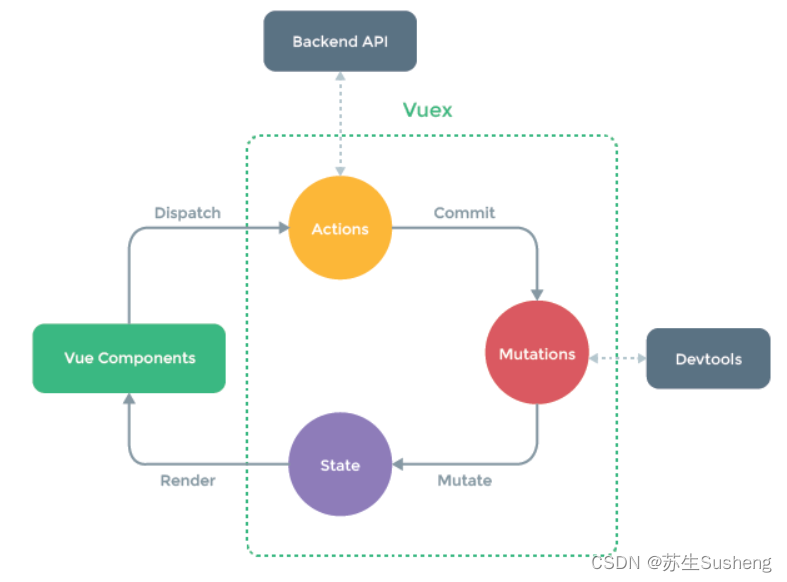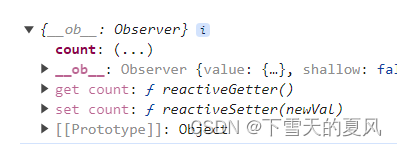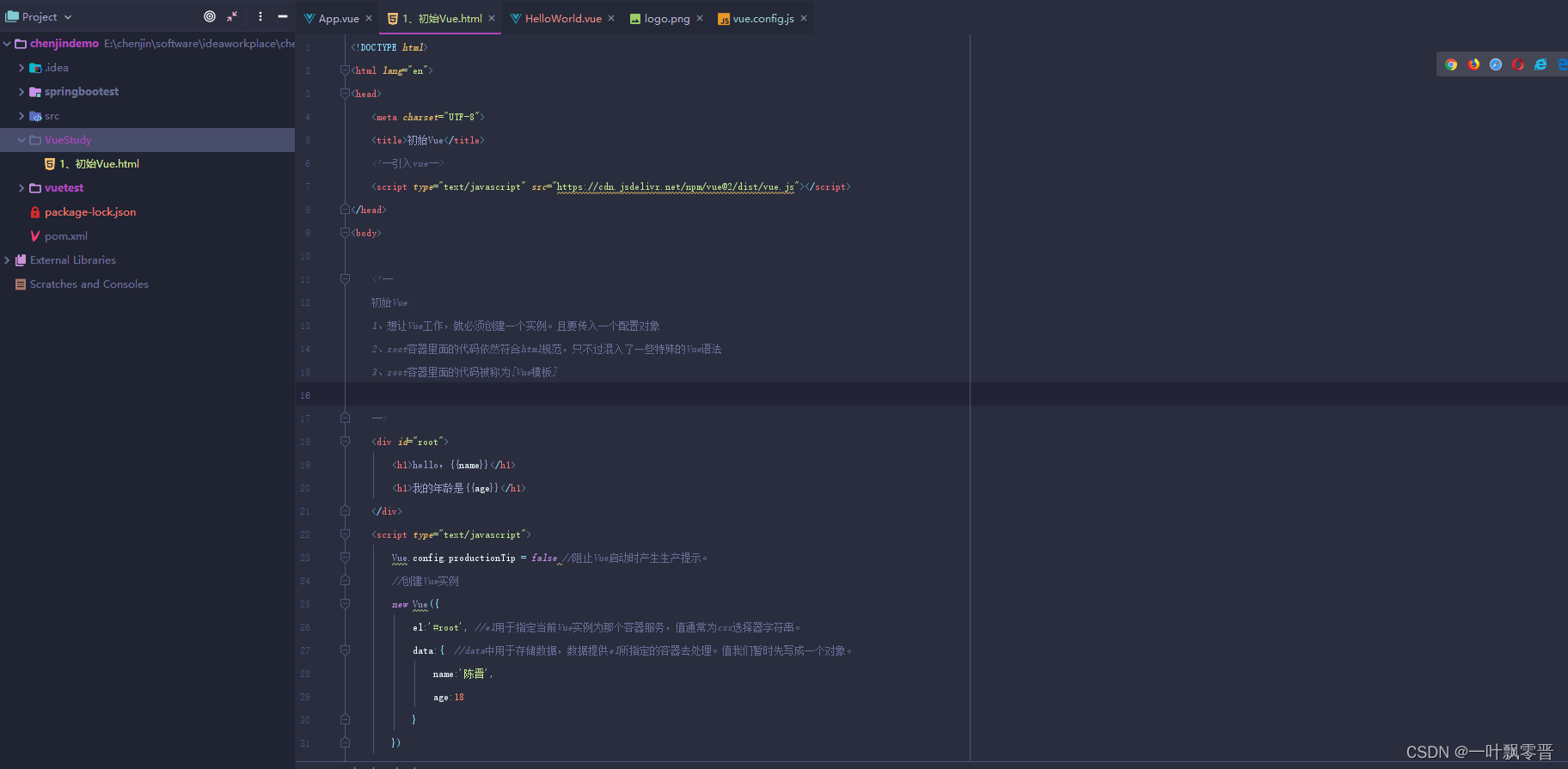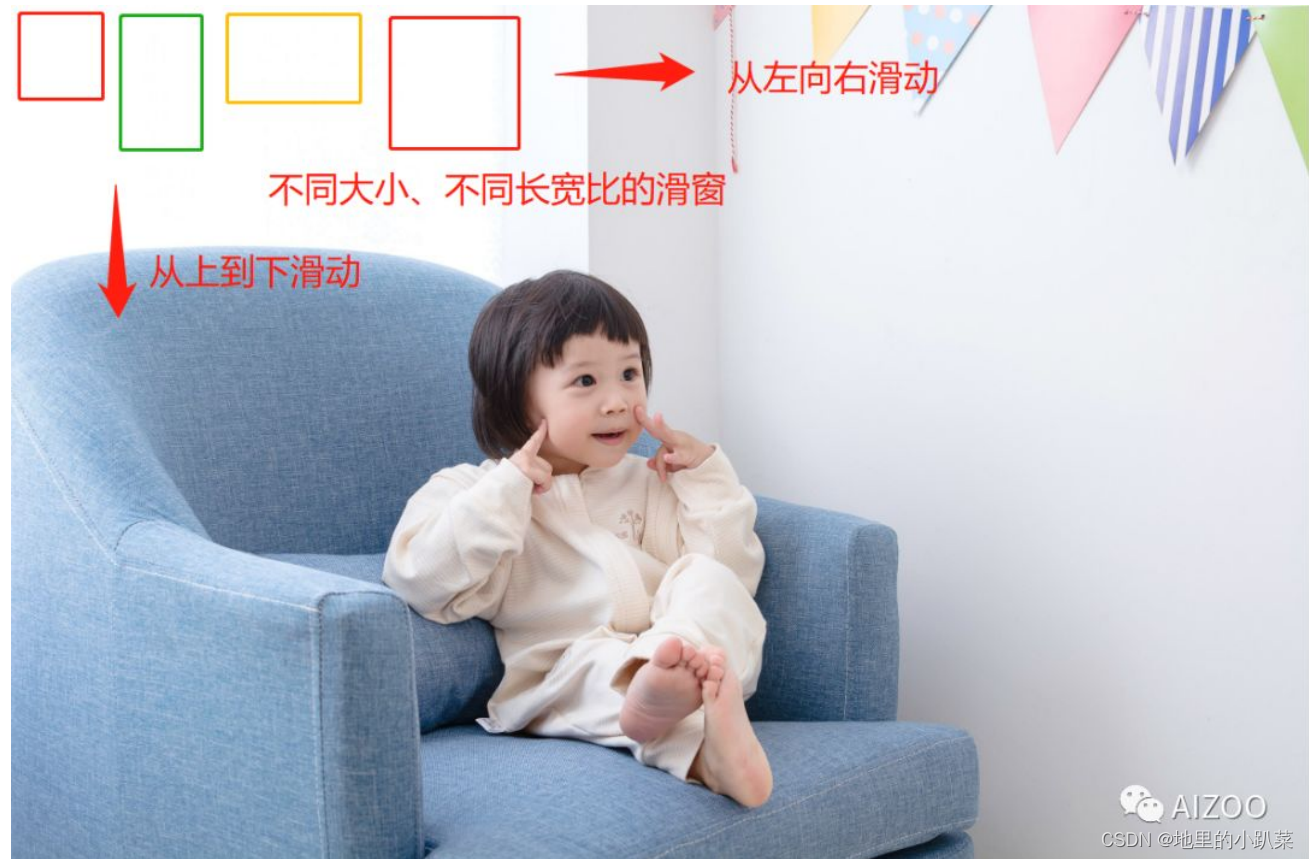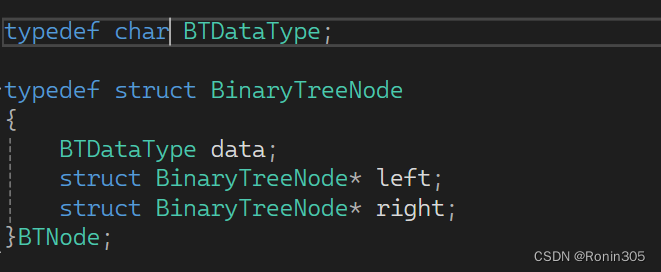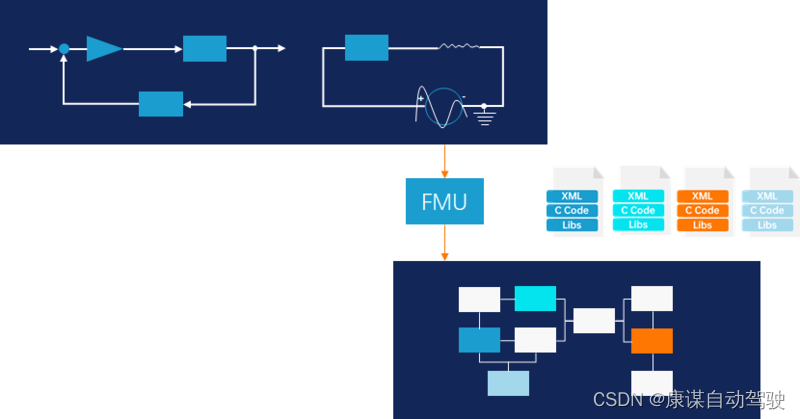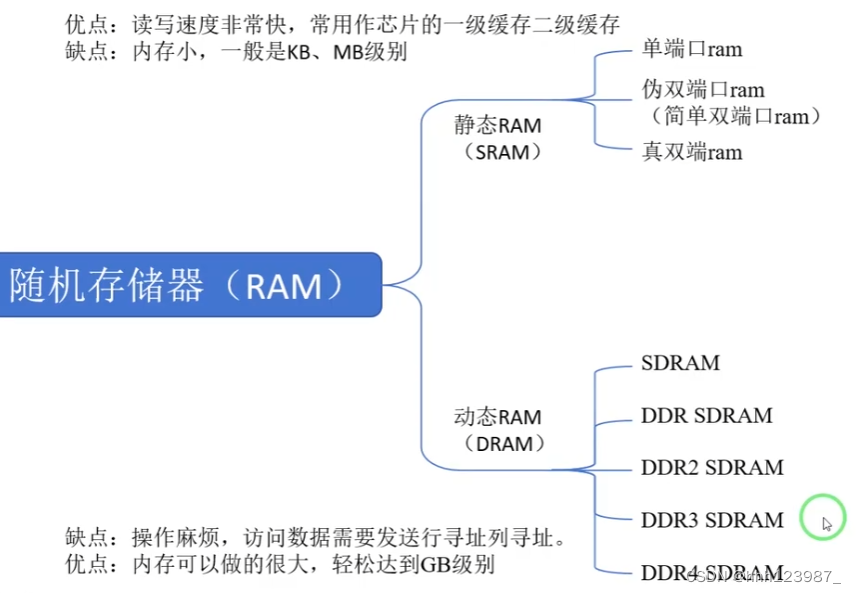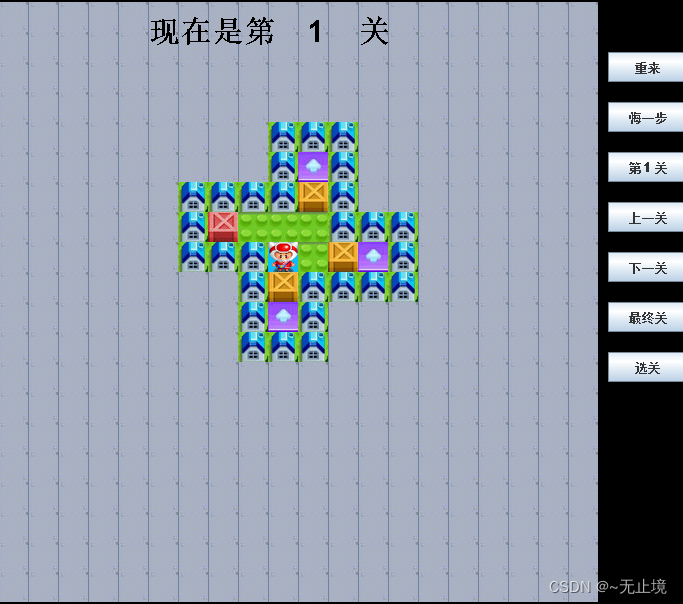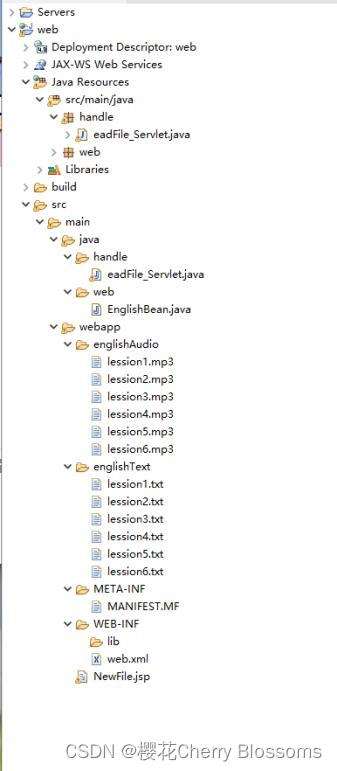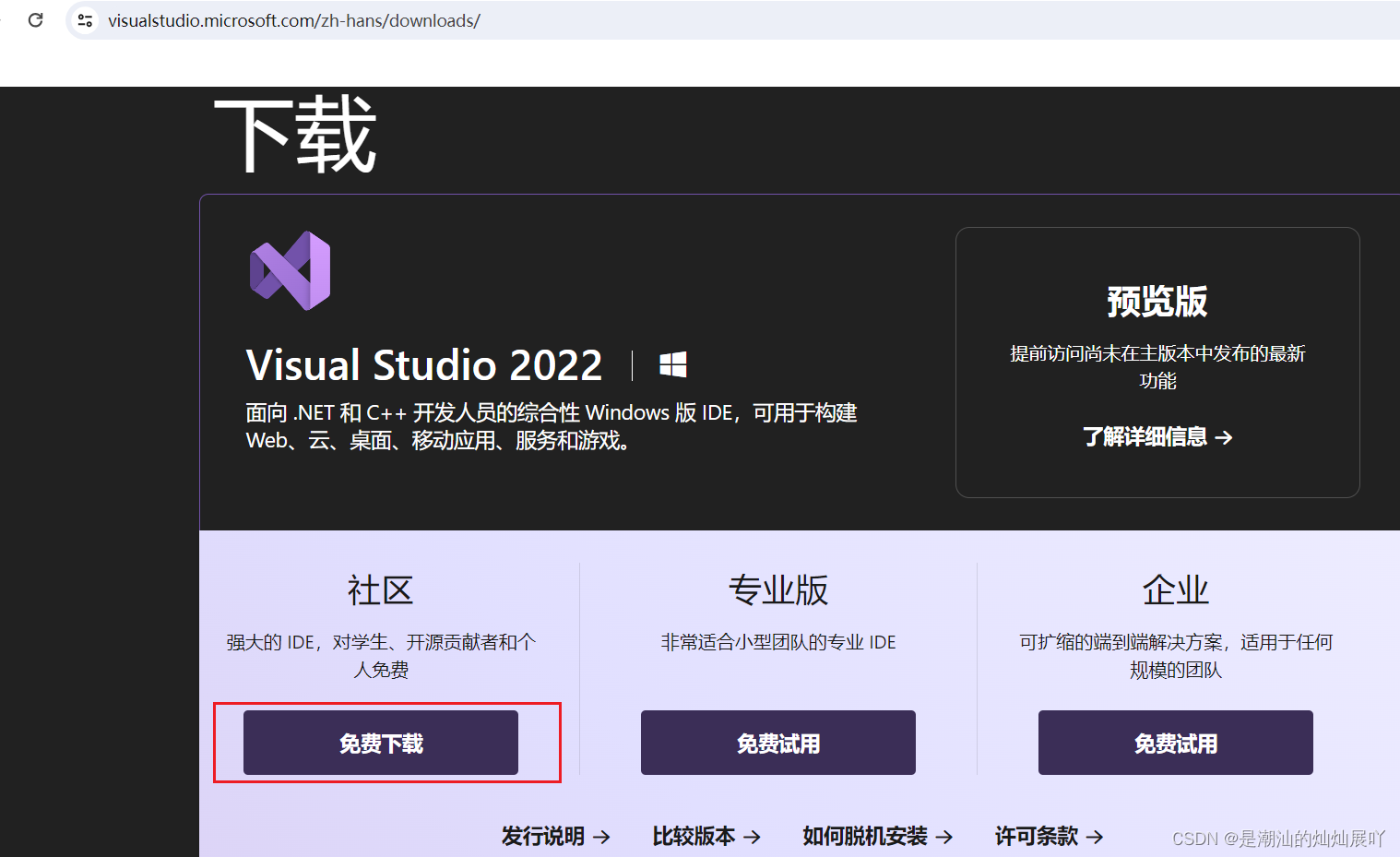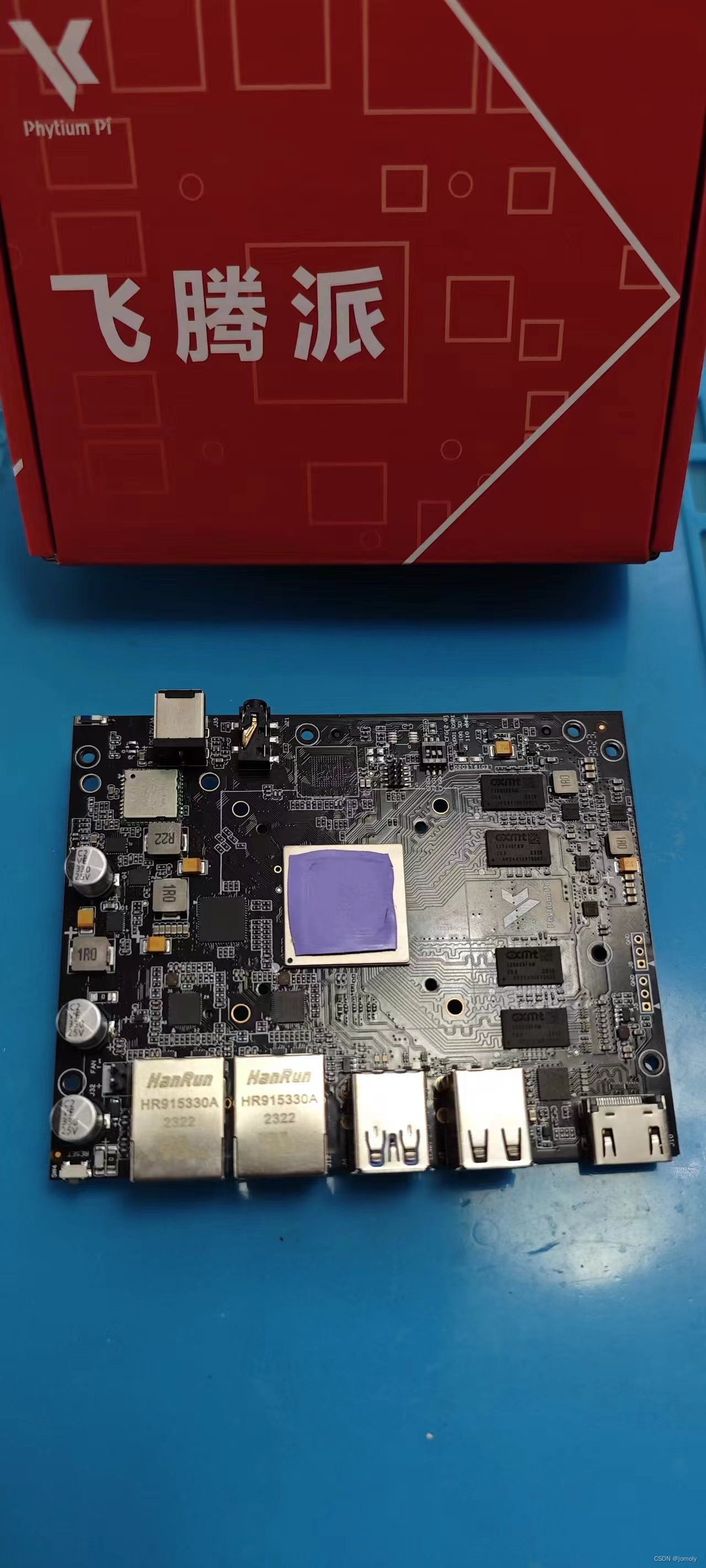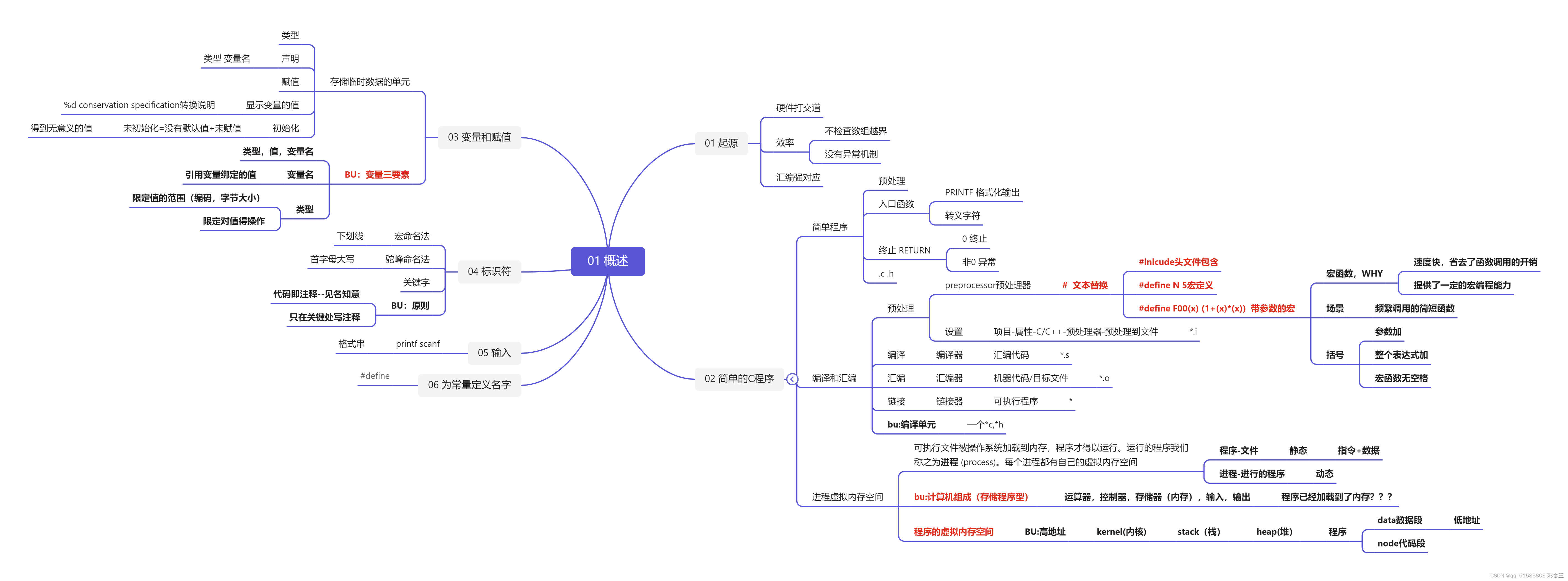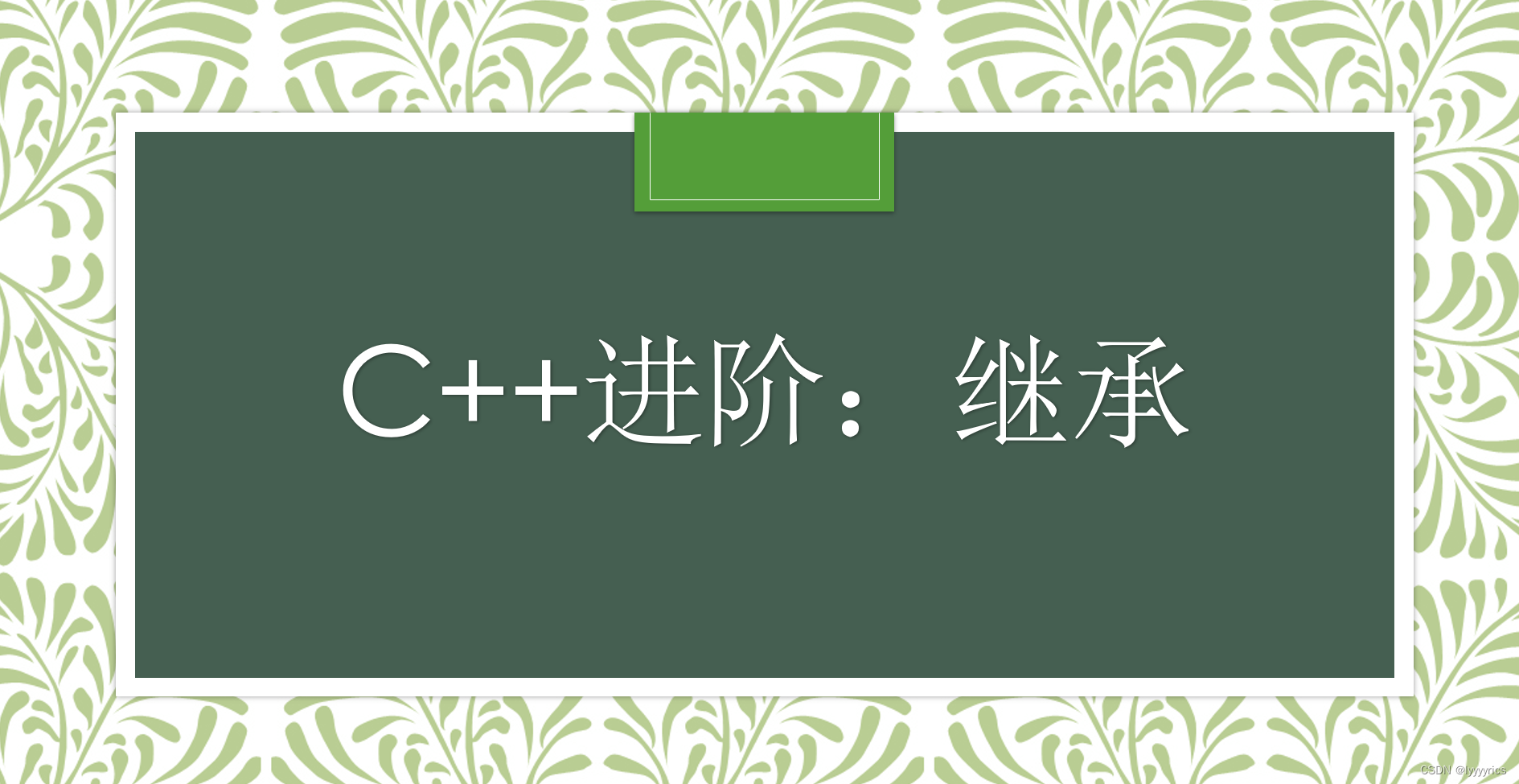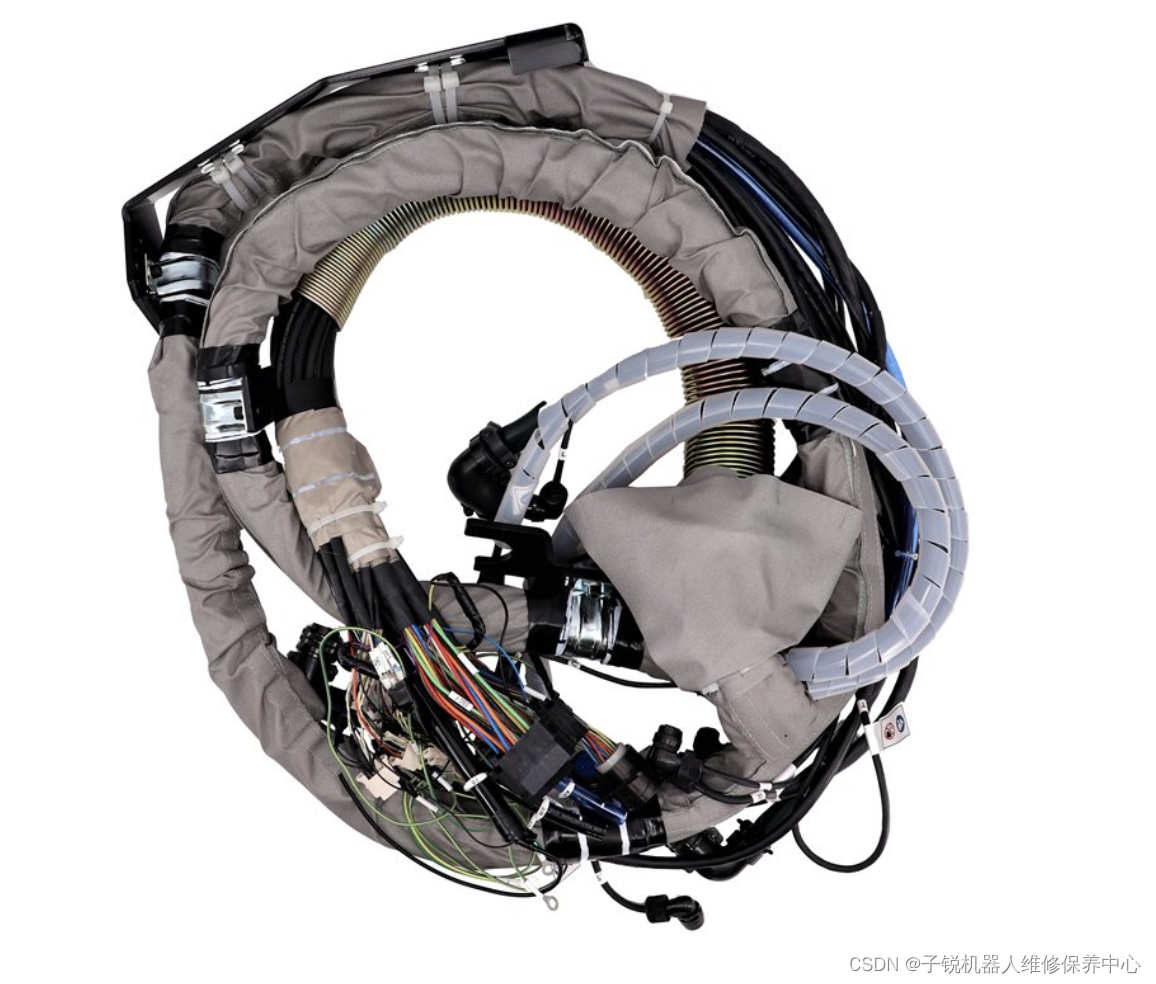1. 基本语法
1.0 基本模版
<!DOCTYPE html>
<html lang="zh-CN">
<head>
<meta charset="UTF-8">
<meta name="viewport" content="width=device-width, initial-scale=1.0">
<meta http-equiv="X-UA-Compatible" content="ie=edge">
<title></title>
<style>
</style>
<script src="../js/vue.js"></script>
</head>
<body>
<div id="root">
</div>
<script>
const vm = new Vue({
el: '#root',
data: {
},
methods: {
},
})
</script>
</body>
</html>
1.1 插值
1.1.1 data 的使用
1.1.1.1 函数式
//对象式可能会造成多个对象用的data是同一个,当某个人改变了data里的数据,其他人也会跟着变,而函数式可以避免,这就是为什么组件
//的data都是使用函数式的形式
data: (){
return {
XX: XX,
}
}
函数式的妙用(样式绑定)
<!-- style作为对象绑定 -->
<!DOCTYPE html>
<html lang="zh-CN">
<head>
<meta charset="UTF-8">
<meta name="viewport" content="width=device-width, initial-scale=1.0">
<meta http-equiv="X-UA-Compatible" content="ie=edge">
<title></title>
<style>
.basic {
height: 100px;
width: 100px;
border: 1px solid black;
}
.class1 {
background-color: skyblue;
}
</style>
<script src="../js/vue.js"></script>
</head>
<body>
<div id="root">
<div v-bind:class="style"></div>
</div>
<script>
const vm = new Vue({
el: '#root',
data: {
style: {
basic: true,
class1: false,
}
},
methods: {
},
})
</script>
</body>
</html>
<!-- style作为字符串绑定 -->
<!DOCTYPE html>
<html lang="zh-CN">
<head>
<meta charset="UTF-8">
<meta name="viewport" content="width=device-width, initial-scale=1.0">
<meta http-equiv="X-UA-Compatible" content="ie=edge">
<title></title>
<style>
.basic {
height: 100px;
width: 100px;
border: 1px solid black;
}
.class1 {
background-color: skyblue;
}
</style>
<script src="../js/vue.js"></script>
</head>
<body>
<div id="root">
<div v-bind:class="style1"></div>
<button @click="addBasic">加上basic样式</button>
<button @click="addClass1">加上.class1样式</button>
</div>
<script>
const vm = new Vue({
el: '#root',
data: {
style1: ''
},
methods: {
addBasic() {
this.style1 += ' basic'
},
addClass1() {
this.style1 += ' class1'
}
},
})
</script>
</body>
</html>
<!-- style 作为数组绑定 -->
<!DOCTYPE html>
<html lang="zh-CN">
<head>
<meta charset="UTF-8">
<meta name="viewport" content="width=device-width, initial-scale=1.0">
<meta http-equiv="X-UA-Compatible" content="ie=edge">
<title></title>
<style>
.basic {
height: 100px;
width: 100px;
border: 1px solid black;
}
.class1 {
background-color: skyblue;
}
</style>
<script src="../js/vue.js"></script>
</head>
<body>
<div id="root">
<div :class="style1"></div>
<button @click="addStyle">添加所有样式</button>
</div>
<script>
const vm = new Vue({
el: '#root',
data: {
style1: []
},
methods: {
addStyle() {
this.style1.push('class1', 'basic')
}
},
})
</script>
</body>
</html>
1.1.1.2 对象式
data: {
XX: XX,
}
1.1.1 插值符号 : {{属性}}
1.2 事件
1.2.1 事件说明
<!-- 方法会传event对象 -->
<div id="root">
<button @click="showInfo()"></button>
</div>
<script>
const vm = new Vue({
el: '#root',
data: {
},
methods: {
showInfo() {
console.log(event);
},
},
})
</script>
1.2.2 事件修饰符
.stop:阻止事件的冒泡
.prevent:阻止事件的默认行为
.capture:使用事件的捕获模式(得加在父亲身上), 父亲先触发事件,儿子后触发
.self:只有当触发同一(!!)事件的元素是加了这个修饰的属性才触发(用在父亲身上)
.passive:立即执行时间的默认行为,不用等回调完函数
.once:只执行一次
<!-- 冒泡事件 -->
<div id="root">
<!-- stop阻止事件的冒泡 -->
<div @click="showAlertDiv()">
<!-- <button @click="showAlert()">按我</button> -->
<button @click.stop="showAlert()">按我</button>
</div>
<!-- prevent 阻止了a的跳转和颜色变化-->
<!-- <a @click="showAlert()" v-bind:href="url">超链接</a> -->
<a @click.prevent="showAlert()" v-bind:href="url">超链接</a>
<!-- capture使用事件的捕获模式(得加在父亲身上), 父亲先触发事件,儿子后触发 -->
<div @click.capture="showAlertDiv()">
<button @click="showAlert()">按我</button>
</div>
<!-- self可以让只有当触发同一(!!)事件的元素是加了这个修饰的属性才触发(用在父亲身上) -->
<div @click.self="showAlert()">
<button @click="showAlert()">按我</button>
</div>
<!-- passive立即执行事件的默认行为,不等回调完函数 -->
<br>
<a @click="testPassive()" href="https://www.baidu.com">点我测试passive</a>
</div>
<script>
const vm = new Vue({
el: '#root',
data: {
url: 'https://www.baidu.com'
},
methods: {
showAlert() {
alert("警告")
},
showAlertDiv() {
console.log("儿子触发啦")
alert("div警告")
},
testPassive() {
for (let i = 0; i < 10000; i++) {
console.log('@')
}
}
}
})
</script>
1.2.3 按键事件
<div id="root">
<!-- @keyup.[键] / @keydown.[键]-->
<!-- 常用按键别名(可以连写)
enter, delete, esc, space, tab, up, down, left, right
-->
<!-- 空格输出内容 -->
<input @keydown.space="method($event)" type="text">
<!-- 也可以通过keyboard触发 -->
<input @keydown.space="method()" type="text">
</div>
<script>
const vm = new Vue({
el: '#root',
data: {
},
methods: {
method(e) {
console.log(e.keyCode)
}
}
})
</script>
1.2 常用指令
1.2.1 v-bind 和 v-model
二者一般用来绑定标签的属性
v-bind : 单向绑定
v-model : 双向绑定 (绑定表单的name)
- 只能绑定**“文本框,单选按钮,复选框,文本域,下拉列表”**等
- 文本框/单选按钮/textarea, 绑定的数据是字符串类型
- 单个复选框, 绑定的是boolean类型
- 多个复选框, 绑定的是数组
- select单选对应字符串,多选对应也是数组
<!-- v-model在表单的使用 -->
<div id="root">
<form @submit.prevent="submit">
账号:<input type="text" name="username" v-model="username">
<br>
密码:<input type="password" name="pwd" v-model="pwd">
<br>
性别:<input type="radio" name="sex" v-model="sex" value="男">男
<input type="radio" name="sex" v-model="sex" value="女">女
<br>
年龄:<input type="number" name="age" v-model.number="age">
<br>
爱好:<input type="checkbox" name="hobby" value="喝酒" v-model="hobby">喝酒
<input type="checkbox" name="hobby" value="抽烟" v-model="hobby">抽烟
<input type="checkbox" name="hobby" value="烫头" v-model="hobby">烫头
<br>
备注:
<br>
<textarea rows="50" cols="50" v-model.lazy="content" name="textarea"></textarea>
<br>
<input type="submit">
</form>
</div>
<script>
const vm = new Vue({
el: '#root',
data: {
username:'',
pwd: '',
content:'',
age: '',
sex:'',
hobby: []
},
methods: {
submit() {
console.log('提交了')
console.log(JSON.stringify(this._data))
}
}
})
</script>
1.2.2 v-text 和 v-html
v-text 和 v-html 绑定某个vue变量,输出信息到页面上
<div id="root">
<!-- v-text无法识别标签 -->
<div v-text="text"></div>
用户输入渲染text<input type="text" id="text" @keyup.enter="submitText">
<!-- v-html能识别标签 -->
<div v-html="html"></div>
用户输入渲染html<input type="text" id="html" @keyup.enter="submitHtml">
</div>
<script>
const vm = new Vue({
el: '#root',
data: {
text: '',
html: '',
},
methods: {
submitText() {
console.log(document.getElementById("text").value)
this.text = document.getElementById("text").value;
},
submitHtml() {
console.log(document.getElementById("html").value)
this.html = document.getElementById("html").value;
}
}
})
</script>
1.2.3 v-on
绑定事件,可以用 “@[事件]” 简写
1.2.4 v-cloak
<style>
/* v-cloak配合style可以解决网速慢给用户显示出为加载的插值语法等信息 */
[v-cloak] {
display: none;
}
</style>
1.2.5 v-once
v-once 绑定某个标签,让该标签只能在Vue创建时渲染,后续则无法渲染
<div id="root">
<!-- 只在初次渲染时动态渲染 -->
<div v-once>{{n}}</div>
<div>{{n}}</div>
<button @click="n++"></button>
</div>
1.2.6 v-pre
v-pre 不让 Vue 进行解析,有利于增加页面渲染速度
<div id="root">
<!-- v-pre直接不让vue去解析 -->
<div v-pre>{{n}}</div>
<div>{{n}}</div>
</div>
1.2.7 自定义指令
注意点:
1. 自定义的指令作为方法写在 directives 里
2. 在标签使用自定义指令时,需要加 v-[自定义指令],但在定义时无需
- 自定义指令有 函数式 和 对象式 两种
1.2.7.1 函数式
<div id="root">
<div>{{n}}</div>
放大十倍 :<div id="tenTimes" v-big="10 * n"></div>
</div>
<script>
const vm = new Vue({
el: '#root',
data: {
n: 1,
},
directives: {
big(element, binding) {
console.log(element)
console.log(binding)
element.innerText = binding.value;
}
}
})
</script>
1.2.7.2对象式
<div id="root">
<!-- 引入:一开页面自动获取焦点 -->
<input type="text" v-big>
</div>
<script>
const vm = new Vue({
el: '#root',
data: {
},
directives: {
big: {
// 成功绑定时
bind() {
console.log('bind')
},
// 元素插入页面时
inserted(element, binding) {
console.log('insert')
element.focus();
},
// 模版重新解析时
update() {
console.log('update')
element.focus();
}
}
}
})
</script>
1.3 属性
1.3.1 计算属性
<!-- 引入:两个输入框输入姓或名,下面输出姓名 -->
<div id="root">
姓:<input type="text" v-model="firstName">
<br>
名:<input type="text" v-model="lastName">
<br>
姓名:<span>{{fullName}}</span>
</div>
<script>
const vm = new Vue({
el: '#root',
data: {
firstName: '',
lastName: '',
},
//这种是简写形式(只有当只使用 get()方法时,才可以简写)
computed: {
fullName() {
return this.firstName + this.lastName
}
}
//完整版
/*
computed: {
fullName {
//get在初次读取fullName和fullName依赖的数据被改变时方可调用
get() {
return this.firstName + this.lastName
}
//set的调用只有在fullName被改变时才会调用,但是fullName依赖的数据发生变化引起的fullName的改变不会
//调用set()
set() {
}
}
}
*/
})
</script>
1.3.2 监听属性
<div id="root">
<div>今天天气很{{isHot ? "炎热" : "凉爽"}}</div>
<button @click="isHot = !isHot"></button>
</div>
<script>
const vm = new Vue({
el: '#root',
data: {
isHot: true,
},
//简写 (只有当只使用handler()时可以简写)
watch: {
isHot(newValue, oldValue) {
console.log(oldValue)
console.log(newValue)
}
}
//这是完整版的
/*
watch : {
isHot : {
handler(newValue, oldValue) {
console.log(oldValue);
console.log(newValue);
},
}
}
}
*/
})
</script>
1.3.3 深度监视
<div id="root">
<div>{{person.id}}-{{person.name}}</div>
<button @click="changeName">改对象属性</button>
<br>
<button @click="changeNum">改正常属性</button>
</div>
<script>
const vm = new Vue({
el: '#root',
data: {
person: {
id : 1,
name : '陈庆威'
},
num : 1
},
methods: {
changeName() {
this.person.name = Math.random()
},
changeNum() {
this.num = Math.random()
}
},
// 正常的watch是监视不到对象内容的变化的
watch: {
//可以通过'对象.属性'监视
// 'person.name'() {
// alert("我被改变了")
// console.log("我被改变了1")
// },
// 开启深度监视
person: {
deep: true,
handler() {
alert("我被改变了")
console.log("我被改变了2")
}
},
num() {
alert("我被改变了")
console.log("我被改变了")
}
}
})
</script>
1.4 条件渲染
1.4.1 v-if 和 v-show
- v-if 和 v-show 绑定的变量需要 布尔型
- v-if 和 v-show 对比:
v-if 会直接操作节点(添加或删除)
v-show会直接给标签加上display:none,在频繁操作中更有优势
<div id="root">
<div v-if="isCool">{{weatherStr}}</div>
<div v-else-if="isHot">{{weatherStr}}</div>
<div v-if="isCommon">{{weatherStr}}</div>
<!-- <div v-show="isCool">{{weatherStr}}</div>
<div v-show="isHot">{{weatherStr}}</div>
<div v-show="isCommon">{{weatherStr}}</div> -->
<button @click="changeWeather()"></button>
</div>
<script>
const vm = new Vue({
el: '#root',
data: {
weather : ['凉爽', '炎热', '一般'],
weatherStr: '',
isCool : false,
isHot : false,
isCommon : false,
},
methods: {
changeWeather() {
let randomNum = Math.floor(Math.random() * 3);//0 1 2
this.isCool = randomNum == 0;
this.isHot = randomNum == 1;
this.isCommon = randomNum == 2;
this.weatherStr = this.weather[randomNum];
}
},
computed : {
},
watch : {
}
})
</script>
- 若要使用 if -> else -if -> else 的结构,需要将这些标签连着写,否则会报错
<div v-if="isCool">{{weatherStr}}</div>
<div v-else-if="isHot">{{weatherStr}}</div>
<div v-else="isCommon">{{weatherStr}}</div>
- 操作多个元素
<template v-if="true">
<div></div>
<div></div>
<div></div>
</template>
1.5 列表渲染
1.5.1 v-for
<div id="root">
<!-- 数组 -->
<ul>
<li v-for="a in arr" :key="arr.index">
{{a}}
</li>
</ul>
<!-- 对象 -->
<ul>
<li v-for="a in object" :key="object.index">
{{a}}
</li>
</ul>
<!-- 字符串 -->
<ul>
<li v-for="a in str" :key="arr.index">
{{a}}
</li>
</ul>
<!-- 指定次数 -->
<ul>
<li v-for="a in 5">
{{a}}
</li>
</ul>
</div>
<script>
const vm = new Vue({
el: '#root',
data: {
arr: [
1, 2, 3, 4
],
object: {
id: 1,
name: '陈庆威',
age: 29,
},
str: '123',
},
})
</script>
1.5.2 key的原理
<!-- 重点:虚拟Dom和真实Dom的理解、Diff算法、节点复用 -->
<div id="root">
<ul>
<!-- 以index作为key输入框会有问题 -->
<!-- <li v-for="(a) in objectArr" :key="objectArr.index">
{{a.id}}-{{a.name}}-{{a.age}}
<input type="text">
</li> -->
<!-- 以唯一键为key更有效率(节点复用), 不会出现问题 -->
<li v-for="(a) in objectArr" :key="a.id">
{{a.id}}-{{a.name}}-{{a.age}}
<input type="text">
</li>
</ul>
<button @click="addElementHead">向头添加</button>
<button @click="addElementTail">向尾添加</button>
</div>
<script>
const vm = new Vue({
el: '#root',
data: {
objectArr: [
{id: 1, name: '小王', age: 20},
{id: 2, name: '小陈', age: 21},
{id: 3, name: '小黄', age: 22},
]
},
methods: {
addElementHead() {
this.objectArr.unshift({id: 4, name: '小狗', age: 23})
},
addElementTail() {
this.objectArr.push({id: 4, name: '小狗', age: 23});
}
}
})
</script>
1.5.3 列表过滤
<!-- 场景:用户输入姓名,下面显示模糊搜索的结果-->
<div id="root">
姓名检索:<input type="text" v-model:value="keyword">
<ul>
<li v-for="p in filterArr" :key="p.id">
{{p.id}}-{{p.name}}
</li>
</ul>
</div>
<script>
const vm = new Vue({
el: '#root',
data: {
persons: [
{id:'001', name:'周建军'},
{id:'002', name:'周欣欣'},
{id:'003', name:'黄建建'},
{id:'004', name:'黄欣欣'},
],
keyword: ''
},
computed: {
filterArr: {
get() {
return this.persons.filter((p) => {
return p.name.indexOf(this.keyword) > -1
})
}
}
}
})
</script>

![[<span style='color:red;'>vue</span><span style='color:red;'>2</span>]深入理解<span style='color:red;'>vuex</span>](https://img-blog.csdnimg.cn/img_convert/9ea29ea1d8ec1c35f31f9d79dca3032f.png)

